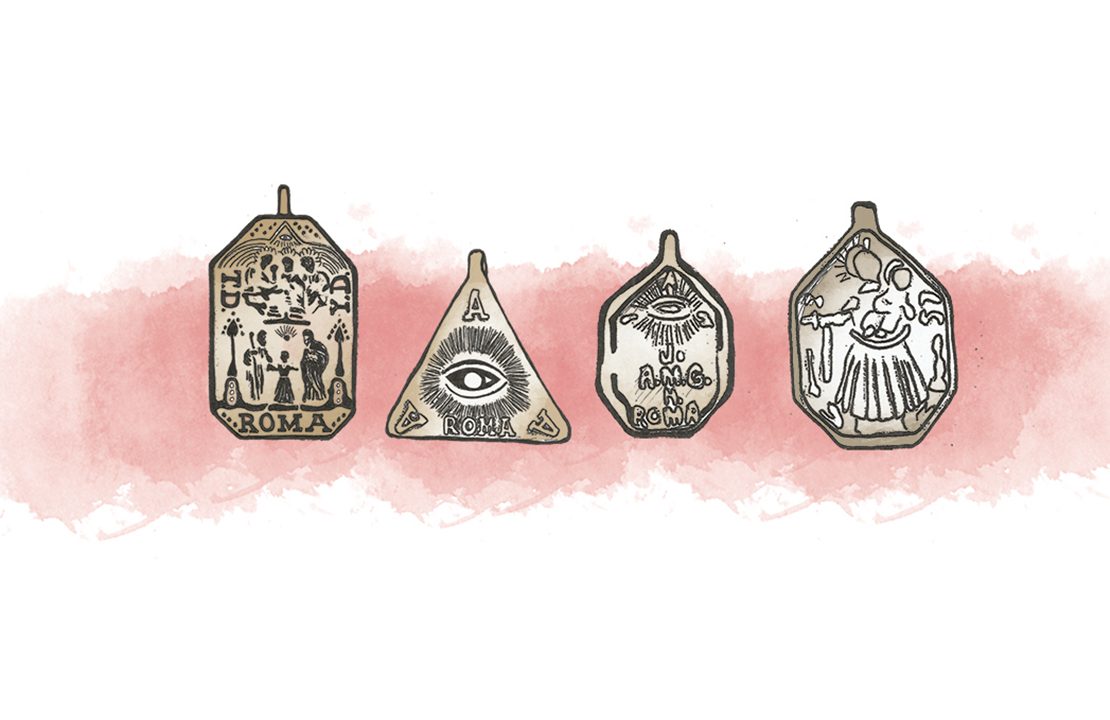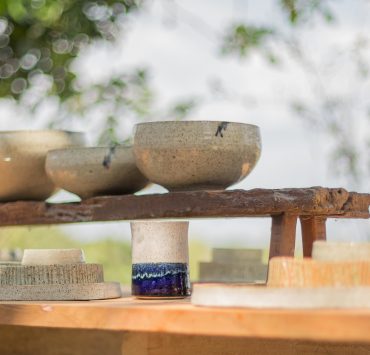One of the easiest ways to fancy up your attire is accessorizing with jewelry. Wearing jewelry is a way to add aesthetic value to your ensemble.
While jewelry has always added visual appeal, historically, it carried more weight than mere aesthetics. Jewelry helped establish your social rank, marital status (as still seen today), and membership within a tribe.
Prior to the Philippines’ colonization by the Spaniards, jewelry was prevalent in barangays and tribes as part of our pagan roots. Amulets, talismans, charms—the now folkloric anting-anting and agimat—were woven into the beliefs that linked people with religious ceremonies and status. Flat, round, and triangular pendants hung around necks and were believed to heighten the senses and the wearers innate ability to self-heal, to harness superhuman strength, or to connect with elementals.
As the Spaniards conquered lands, jewelry took on a mixed tone. The Catholic Church granted official acceptance of rosary beads as part of prayer and spiritual practice in 1520, and one year later, Ferdinand Magellan sailed into our shores and breathed new life into what were once tribal, elemental symbols. Religious symbols began to flourish. Amulets and talismans were replaced with crosses: symbols of God’s love. Rosary beads also hung around people’s wrists, the Catholic interpretation of a practice present in other faiths such as Islam and Buddhism.
As the Church gained power during the 300-year colonization, these religious symbols became more than just ways to connect with the faith. They became signs not just of devotion but of the power that came with it. Despite the supposed austerity promoted by the Church, those in power were gilding themselves in gold and jewels. In the mid-18th century, crucifixes and scapulars became widely popular. Intricate tambourine jewelry and reliquary pendants became fashionable in and out of the church.
But the Filipinos’ strong ties to their pagan beliefs still remained, melding the jewelry of this new religion with the unshakeable belief that their talismans could bring them protection. This mixing of cultures is still evident in the many talismans and charms sold in front of Quiapo Church today.
As the Spanish rule ended and the Americans swept in with secularization, jewelry took on a different tone as well. Religious articles took a backseat as fashion, adornment, and jewelry as we know it today took over.
A sign of our rich history and a symbol of today’s predilections, jewelry creates a significant timeline by which we can trace our material culture.
Writer: CHINGGAY LABRADOR
ILLUSTRATION TRISTAN TAMAYO




